BLP A-Z of Learning English: «Q» for «Questions»
Maria del Pilar Gracia
27/01/201
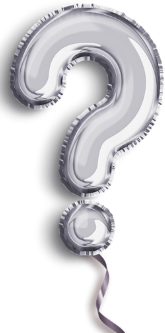 When we first start learning English, one of the basics is learning how verbs conjugate. We always learn positive, negative and interrogative. And so, you can see that the question form in English is quite important. When learning the basics, we have to remember that question forms have a special structure, whether it’s because inversion is needed or an auxiliary verb is needed.
When we first start learning English, one of the basics is learning how verbs conjugate. We always learn positive, negative and interrogative. And so, you can see that the question form in English is quite important. When learning the basics, we have to remember that question forms have a special structure, whether it’s because inversion is needed or an auxiliary verb is needed.
There are a lot of different aspects to question forms. Let’s have a look at a few examples.
The first thing to consider are “closed” and “open” questions. Closed questions will have a “yes or no” answer.
Do you like classical music? Yes, I do / No, I don’t.
Did you go to the cinema yesterday? Yes, I did / No, I didn’t.
Open questions are those that take “questions words” such as “where / when / who /why / how / how many / how much / etc. These questions are considered open because there is more than just one possible answer.
Where were you born? England / Canada / South Africa / Ecuador / China
When is the meeting? On Tuesday / Next week / Tomorrow / On the 11th.
 As you progress in English, you learn a few more types of questions, such as direct and indirect questions.
As you progress in English, you learn a few more types of questions, such as direct and indirect questions.
Direct questions tend to sound a bit more rude or impolite. Making the question indirect makes the question more formal and polite. There is a bit of study needed to form indirect questions, regarding word order and use of auxiliaries.
Direct question: Where is the bank?
Indirect question: Could you tell me where the bank is?
Direct question: Are you married?
Indirect question: Would you mind telling me if you are married?
 Tag questions are another area of study. We use tag questions when we want to confirm or check information. We add a small question to the end of our statement. If the statement is positive, then our question tag is negative. And vice versa. Look at these examples:
Tag questions are another area of study. We use tag questions when we want to confirm or check information. We add a small question to the end of our statement. If the statement is positive, then our question tag is negative. And vice versa. Look at these examples:
You’re from Spain, aren’t you?
You didn’t attend the meeting, did you?
You have worked with this software before, haven’t you?
You can speak English, can’t you?
Negative questions can also be used to confirm something you believe is true.
Didn’t you watch the news yesterday? (I am assuming you did.)
And also, to be a bit more polite when expressing an opinion or belief.
Don’t you think it would be better to ignore that angry email?
Wouldn’t it be nice if we had flexitime?
 Subject and object questions are also something to remember. When we are asking a question, are we asking about the doer or the receiver of the action? Because depending on what we want to know, the grammar of the sentence will be different.
Subject and object questions are also something to remember. When we are asking a question, are we asking about the doer or the receiver of the action? Because depending on what we want to know, the grammar of the sentence will be different.
Meghan likes Harry.
Object question: Who does Meghan like? Harry.
Subject question: Who likes Harry? Meghan
David made a sandwich.
Object question: What did David make? A sandwich.
Subject question: Who made a sandwich? David.
As you can see, there are many types of questions in English and there are grammar rules associated with them all. As always, my advice is to practice, practice, practice a little bit every day.

 When we first start learning English, one of the basics is learning how verbs conjugate. We always learn positive, negative and interrogative. And so, you can see that the question form in English is quite important. When learning the basics, we have to remember that question forms have a special structure, whether it’s because inversion is needed or an auxiliary verb is needed.
When we first start learning English, one of the basics is learning how verbs conjugate. We always learn positive, negative and interrogative. And so, you can see that the question form in English is quite important. When learning the basics, we have to remember that question forms have a special structure, whether it’s because inversion is needed or an auxiliary verb is needed.
















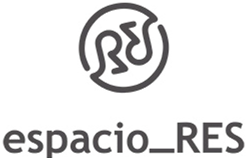

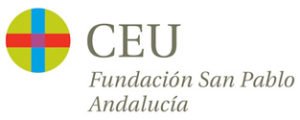


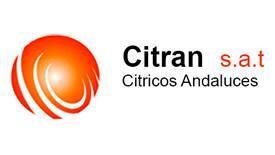

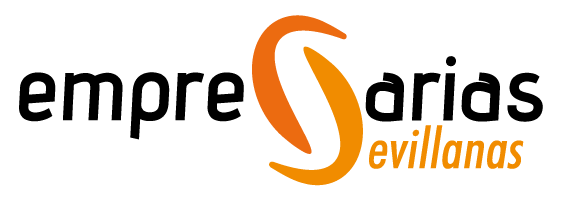
Leave a Comment
Lo siento, debes estar conectado para publicar un comentario.